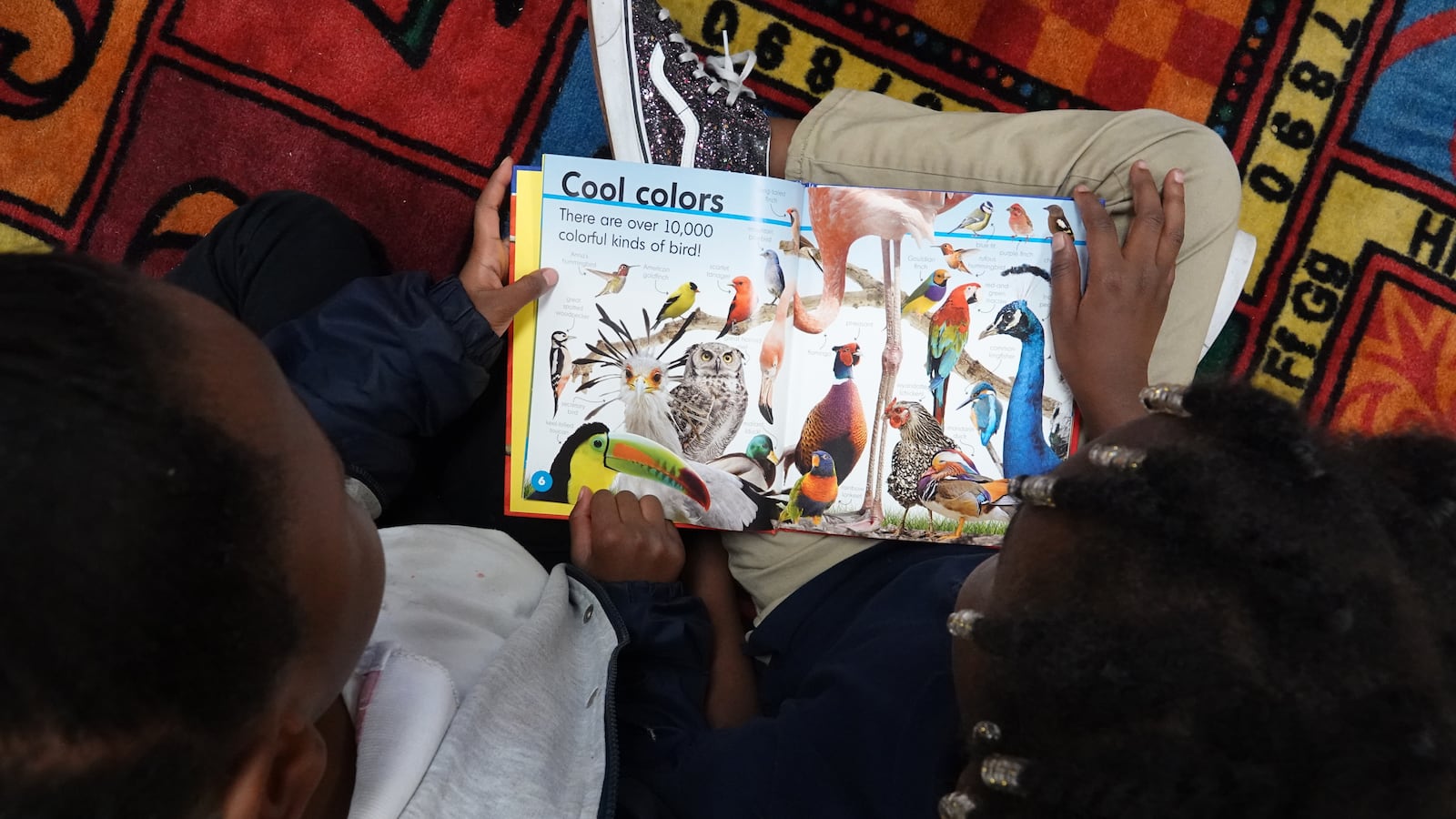The pandemic has driven the national education conversation to focus on getting kids back in schools and attempting to repair the widening gaps in students’ educations. As a former third grade teacher in Memphis, I’ve been thinking about how schools are going to handle this enormous task of addressing the academic challenges created by the pandemic.
One thing I know from my teaching experience is that Tennessee schools already have a tool at their disposal: a program called Response to Intervention and Instruction. The program is state-mandated, so every school uses it. But it’s also severely underfunded relative to the enormous need. So despite teaching in a variety of schools and neighborhoods, I have never once seen a successful, thriving RTI² program.
If done well, though, it could be exactly what students need. Here’s how it should work.
Say I have a class of 30 students. During the first few weeks of the school year, they’re all tested in reading and math. According to these results, my students are separated into three groups. Ideally, 24 of my students should be in tier one, learning with “grade-level instruction.” Another four or five students should be in tier two, receiving “strategic intervention” in small groups, no larger than eight students. Only one or two of my students should be in tier three, receiving “intensive intervention” in groups of three students or less.

The reality is that, in many Memphis schools, this triangle is flipped. Most students are one or more grade levels behind and need intensive intervention, while a small percentage of students fall into the tier one category.
In order to get the results that an RTI² program has the potential to achieve, schools have to be able to hire the staff needed to help students the way they need in small groups.
But schools don’t have the funding to do that, or sometimes even to purchase research-backed curriculum. It is functionally impossible for our public schools to provide the services all of the students in tier two and tier three need without significant additional funds.
So what happens? Schools do what they can, and most students don’t get the level of help they need. The share of students truly receiving intensive intervention remains at 3-5%, even though the real need is many multiples of that.
I saw this firsthand. Often, because a majority of students weren’t on grade level, my “small” groups of students most in need of intensive help ended up being anywhere from seven to 10 students.
I often gathered my group of 10 third graders on the carpet and attempted to deliver a lesson written for three to five kids. That meant students had fewer opportunities to respond to questions, and were not as actively engaged.
During this pandemic, gaps in learning for students in all three tiers are undoubtedly widening. The full depth of the pandemic’s impact on student learning is still unknown, but early data indicates that students have already lost learning.
I’m terrified that this learning loss will be heavily concentrated in our forgotten schools that already operate with too few resources, and the students who are already struggling will continue to slip through the cracks. One need only to look at historical data from cities and time periods where extreme interruptions of learning have occurred to start to fully realize the long-term impact COVID-19 will have on our students’ educational lives.
With fully funded RTI² programs, schools could have a real chance at repairing the pandemic’s damage, especially for younger, at-risk students.
Shelby County Schools and local charter school organizations should start preparing now for inevitable learning loss by finding funding for these programs. This funding could come from the state or from the federal government. Notably, it could also come directly from the city of Memphis, which currently contributes almost no money to K-12 education.
What’s clear is that students, after more than seven months removed from the classroom, will have even greater needs when they fully return to school buildings. Our students deserve instruction that meets them where they are and sets them up for success. They deserve real academic support.
Haley Mathews is a former elementary educator who continues to serve Memphis students through her work at ALLMemphis, an organization dedicated to increasing literacy rates and educational equity in our community.


